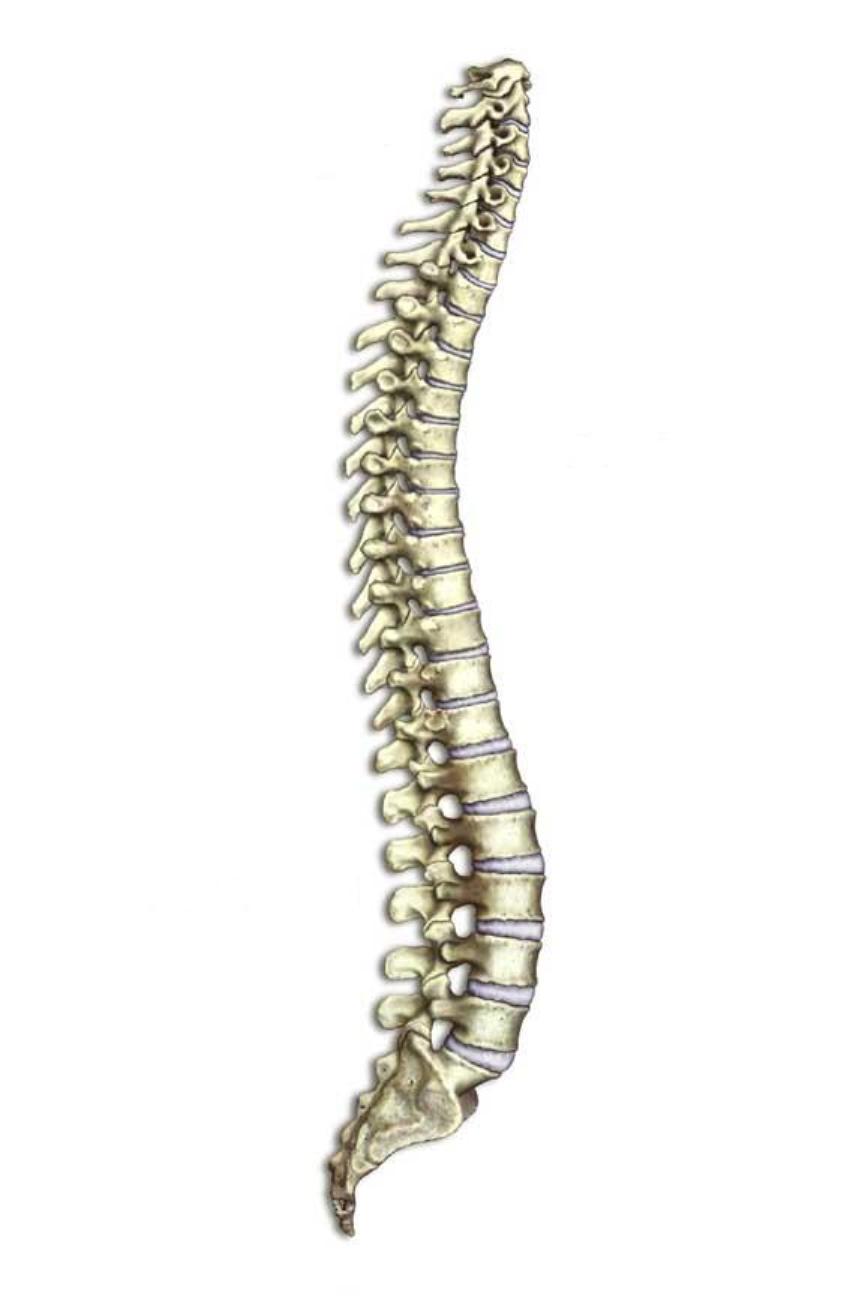 An old yoga adage states: “You are only as young as your spine is flexible”. There is a good amount of wisdom in this statement, but to have a healthy spine through your life, there is more to the equation than just flexibility. For injury prevention, recent research has shown that balance of muscular endurance around the spine is more important than simply having strength and or flexibility (Low Back Disorders, Stuart McGill, Human Kinetics 2002). In particular, there should be a balance of endurance strength in the flexors (front), extensors (back and hip) and lateral musculature (obliques, quadratus lumborum, transverse abdominus) of the spine and torso.
An old yoga adage states: “You are only as young as your spine is flexible”. There is a good amount of wisdom in this statement, but to have a healthy spine through your life, there is more to the equation than just flexibility. For injury prevention, recent research has shown that balance of muscular endurance around the spine is more important than simply having strength and or flexibility (Low Back Disorders, Stuart McGill, Human Kinetics 2002). In particular, there should be a balance of endurance strength in the flexors (front), extensors (back and hip) and lateral musculature (obliques, quadratus lumborum, transverse abdominus) of the spine and torso.
The important information for predicting spine problems is the ratio of endurance strength measured in how many seconds one can hold the test posture. The three test positions used for the research are shown in the accompanying photos.
The Flexor Test involves holding a straight spine at a 60-degree incline in a sit-up type position. The normal lumbar curve (lordosis, as if one where standing) is held throughout the test. If the spine curves, or the torso drops 10 degrees (about 3 inches), the test is over. Knees and hips are flexed 90 degrees and arms folded across the chest.
In the Extensor Test, the torso is held out over the end of a bench or table while the pelvis and legs on the bench. The feet can be either hooked under a strap or held by a partner. Arms are again across the chest with hands on opposite shoulders. The test position is held until the body drops below the horizontal.
The Lateral Musculature Test uses the side-bridge position, supported on the elbow and forearm. Both legs are fully extended with the top foot in front of the bottom foot. The top arm folded with the hand supporting the lower shoulder. The entire body is lifting to form a straight line and the position is held until the pelvis drops and the line is lost.
The following ratios are suggested as ideal:
Right side bridge / left side bridge endurance > 0.05
Flexor / Extensor endurance > 1.0
Side bridge (either side) / extensor endurance > 0.75
These test positions can also be used as strength building exercises for a healthy spine. The side bridge / lateral test is an excellent exercise for most people. However, the Flexor and Extensor test positions may not be appropriate for people already experiencing spinal pain. If you choose to use these positions as exercises, know that unlike an endurance test situation where you hold a posture for as long as you can, when using a static posture as a strengthening exercise, you should only hold the posture for 8-10 seconds. Holding a static load longer than this can create oxygen deficient in the muscle-tendon unit as the contraction restricts blood flow. To avoid this problem and maximize gain, perform multiple repetitions of the positions held for 8-10 seconds, relaxing the position and taking a recovery breath between each repetition. Repeat for as many repetitions as you can do with good form. Make sure that you can maintain a normal breathing rhythm while holding each position. Without oxygen there is no endurance. But that is a topic for next month.

